For a doctor, the main challenge during hair transplantation is to be able to limit procedure time as much as possible, always ensuring maximum patient
comfort. Multiple factors can occur during the procedure (such as excessive bleeding, popping up of bulbs that have already been implanted, implanter
deterioration, etc.), which can lead to the scheduled timing not being respected, at the expense of a natural and uniform aesthetic result.
The TricoscanTM fractional scanning system with laser-assistance greatly simplifies the implant stage, increasing the speed of the procedure with less effort
by the surgeon.
The CO2 laser removes varying depths of dermal-epidermal tissue, facilitating bulb insertion via the implanter. At the same time, the underlying tissue remains
unaltered, thus ensuring the correct transplantation of the new bulb. The superficial micro-hole that is produced by TricoscanTM scanning facilitates hair bulb
transplantation, requiring lower pressure by the surgeon and drastically reducing needle deterioration.
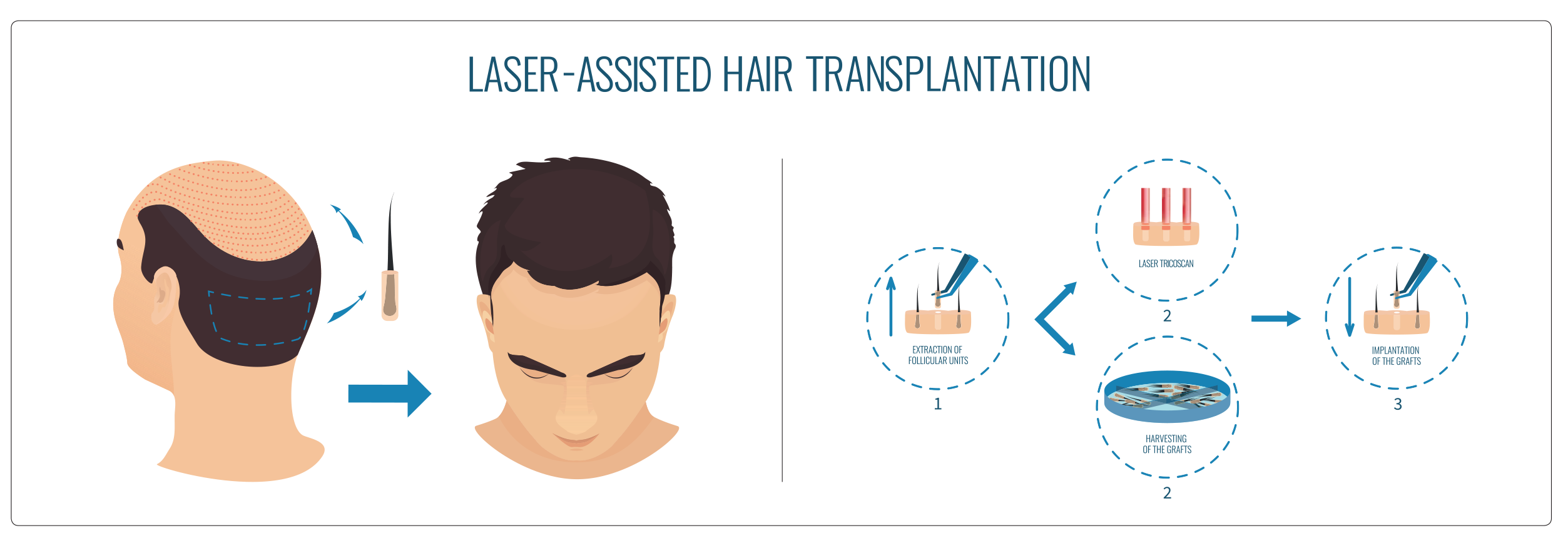
Furthermore, the lower pressure needed for transplantation reduces scalp distortion and tightness due to insertion of the implanter. This phase is very
delicate as distortion of the scalp’s surface raises the risk of the already implanted adjacent bulbs popping up. In order to overcome this problem, the
alternative transplant technique should be used although it lengthens the procedure time. Using TricoscanTM produces superficial fractional ablation which
limits this distortion and enables much quicker, consecutive and linear transplantation
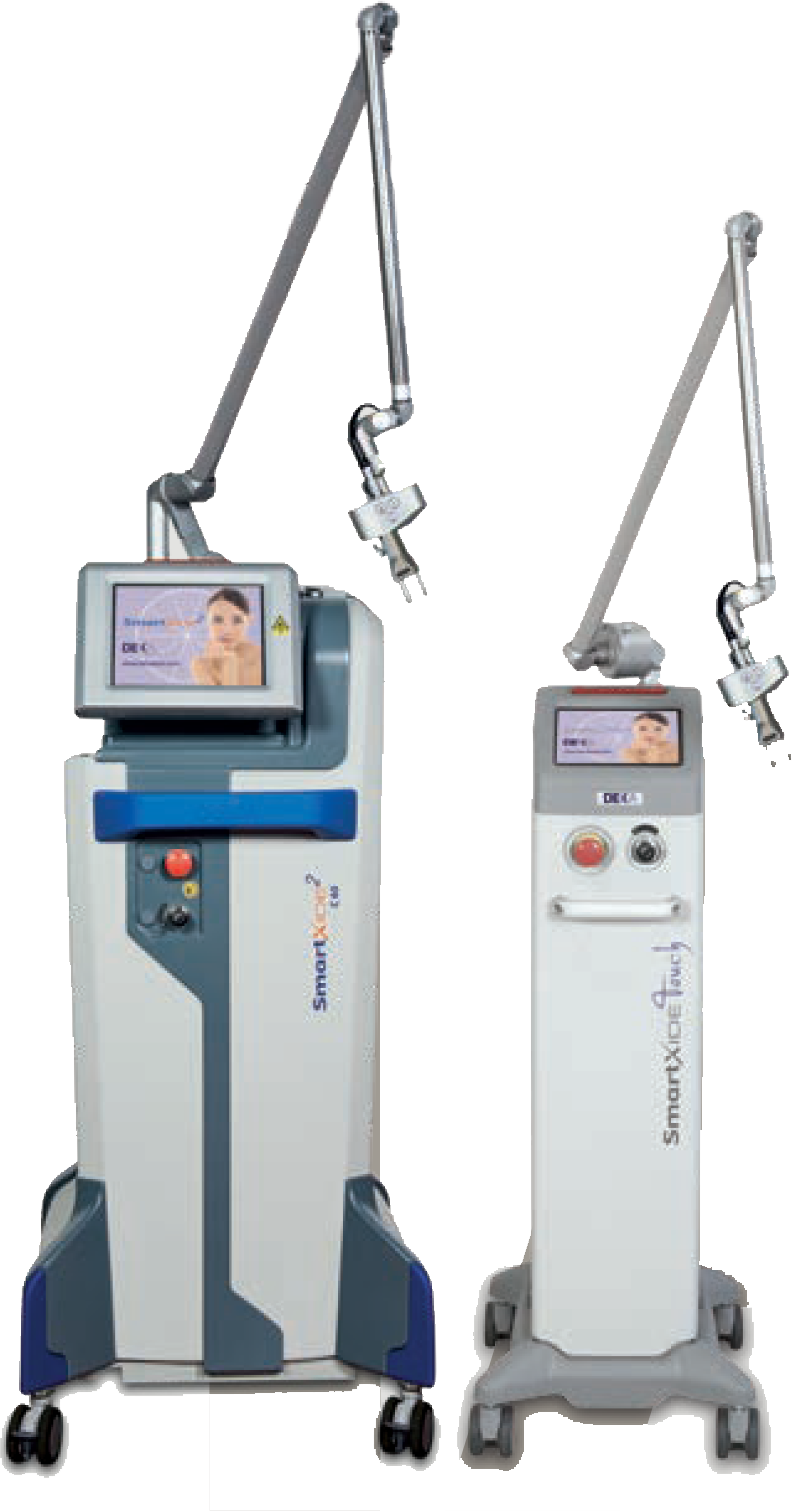

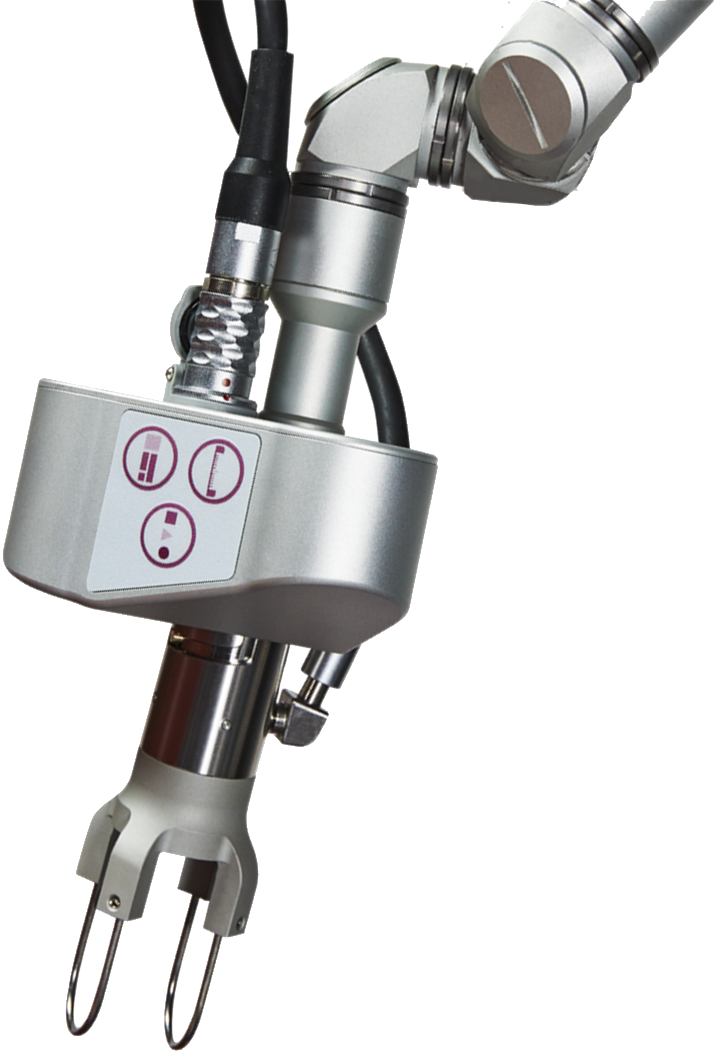








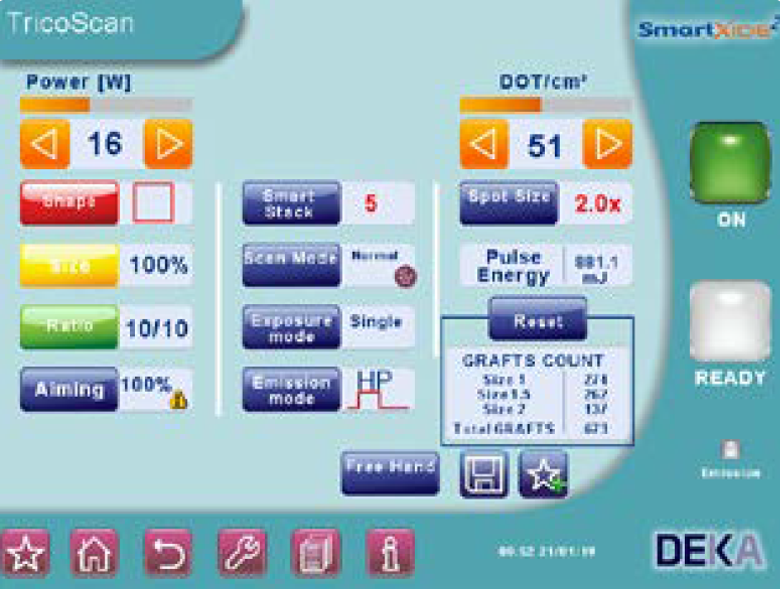










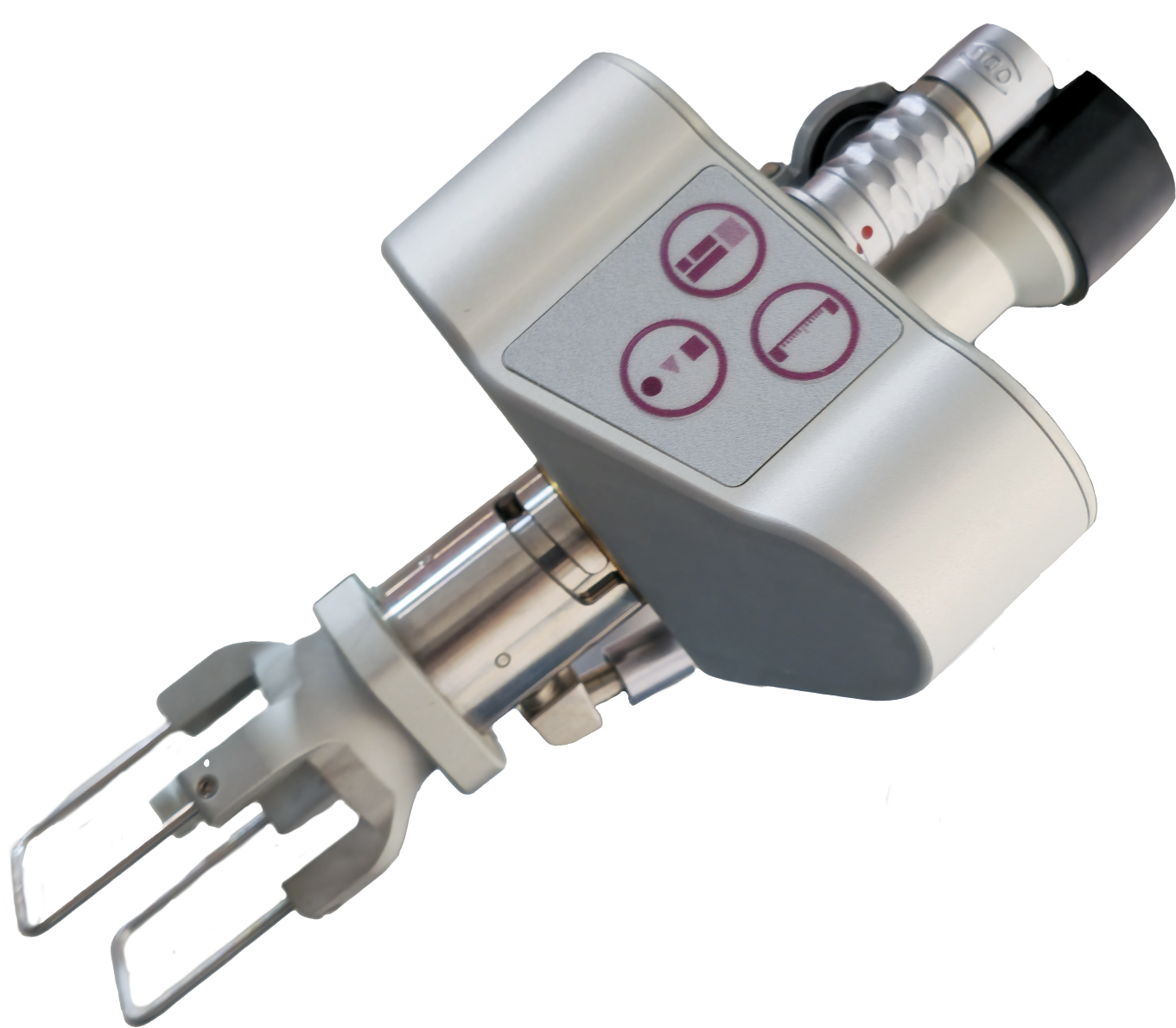


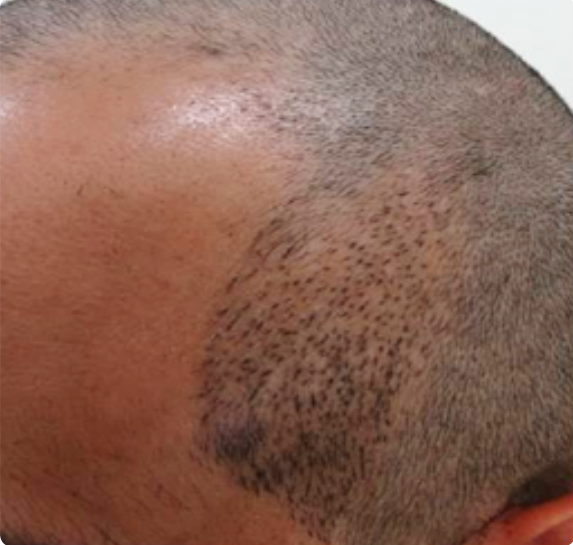 A
A
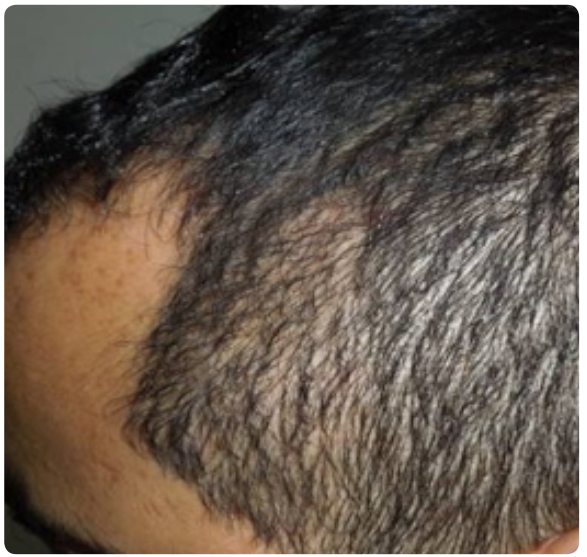 B
B
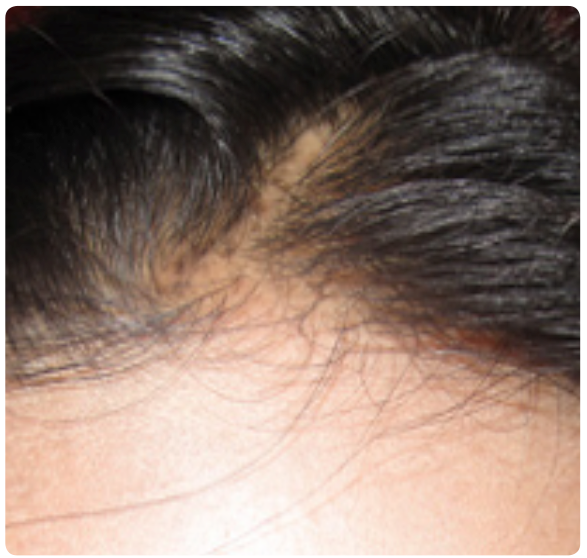 A
A
 B
B
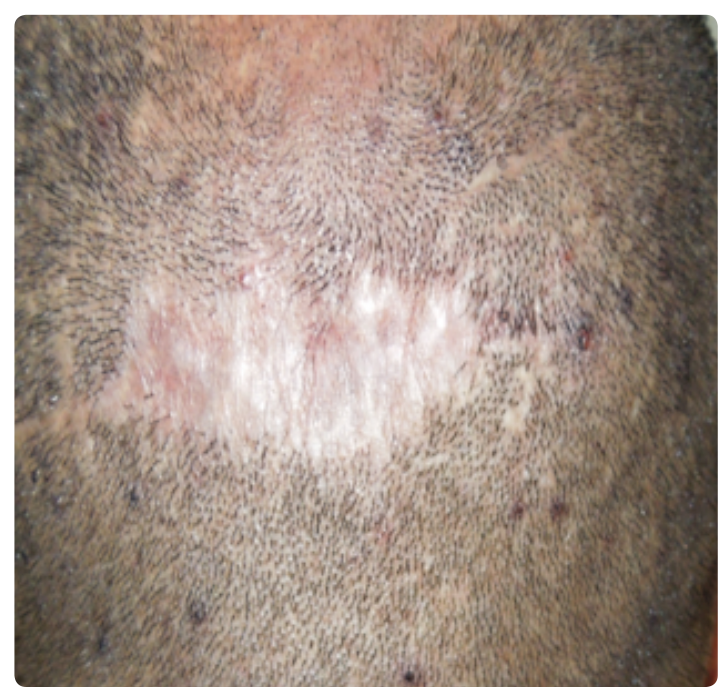 A
A
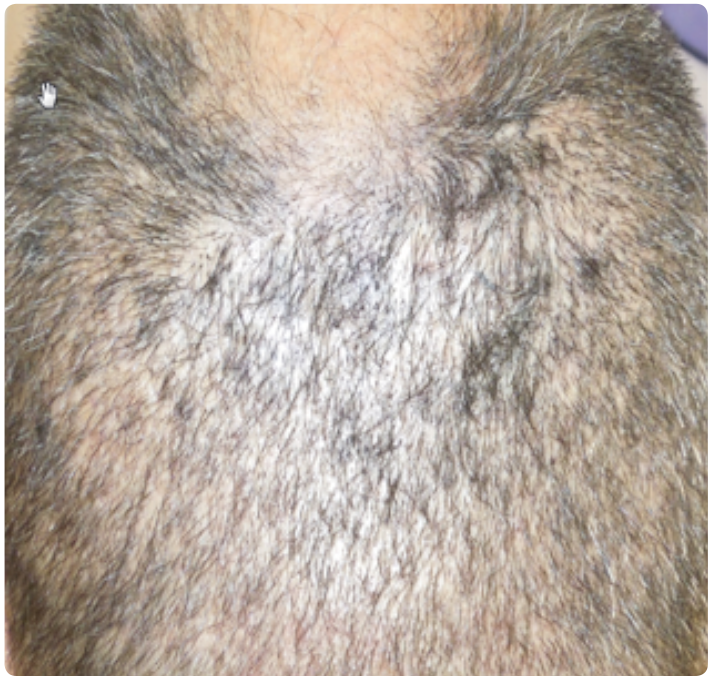 B
B






